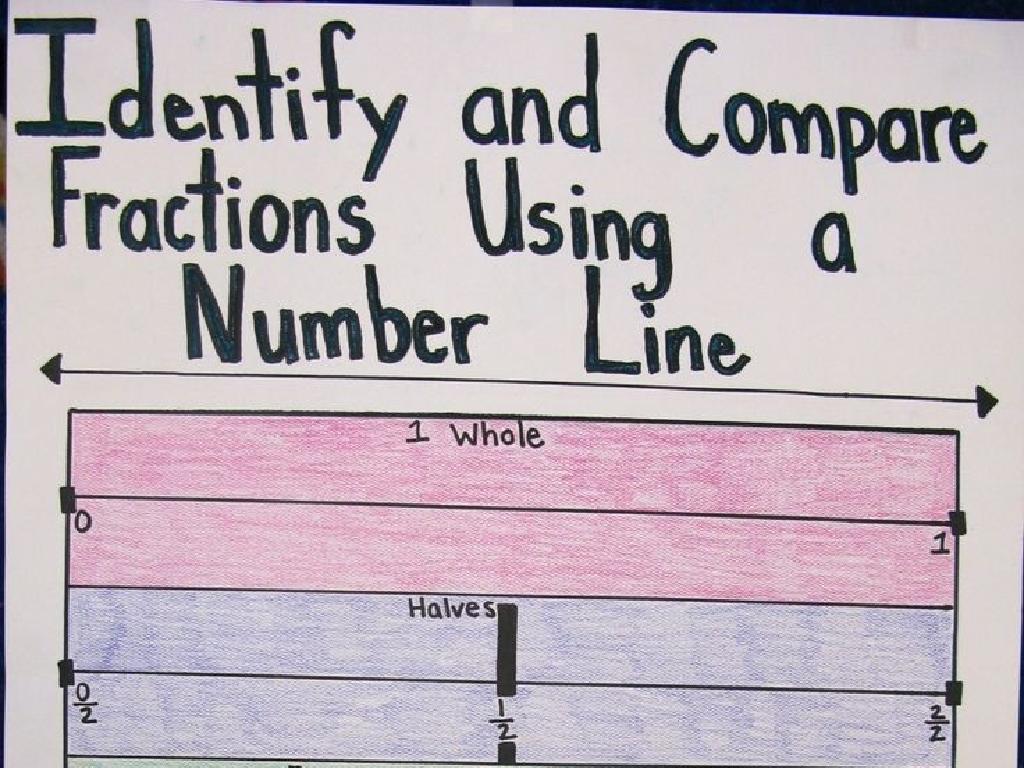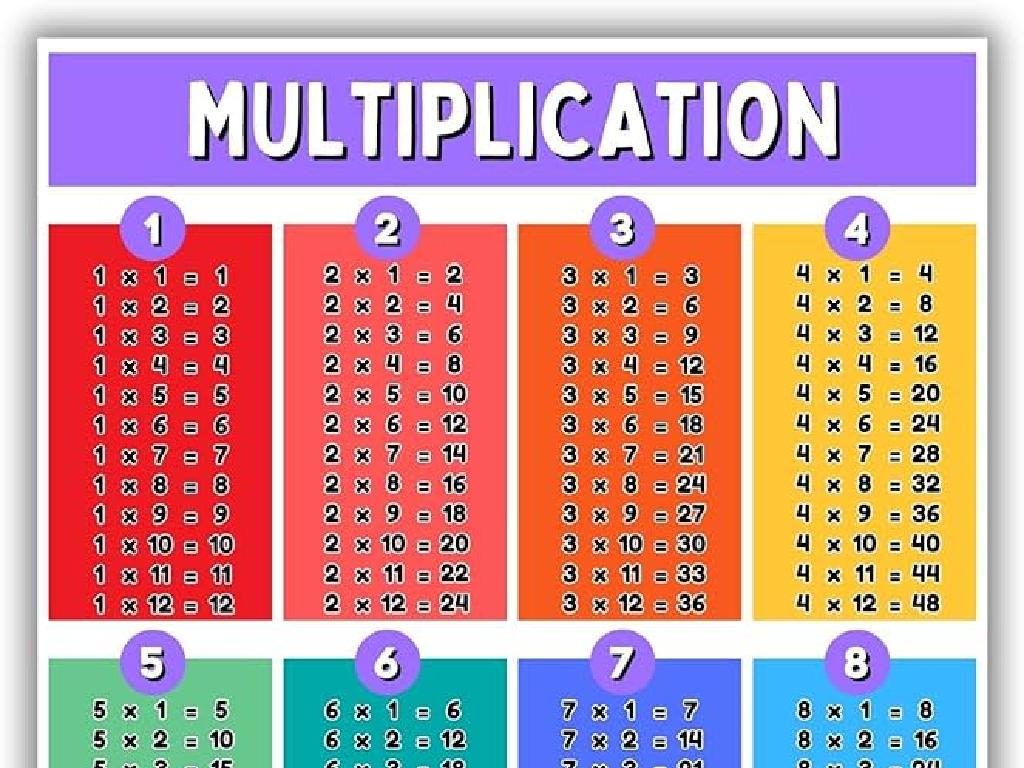Tariff, Nullification, And Bank War
Subject: Social studies
Grade: Seventh grade
Topic: The Jacksonian Period
Please LOG IN to download the presentation. Access is available to registered users only.
View More Content
Welcome to the Jacksonian Era!
– Explore the Jacksonian period
– A transformative era in U.S. history, marked by Andrew Jackson’s presidency.
– Learn about President Andrew Jackson
– Jackson, the 7th President, was known for his populist approach and policies.
– Understand Tariff and its impact
– Tariffs are taxes on imports; the ‘Tariff of Abominations’ led to conflict.
– Discover Nullification and the Bank War
– Nullification Crisis challenged federal authority; Bank War changed national finance.
|
The Jacksonian Era is a pivotal period in American history, characterized by significant changes in political democracy, economic policy, and social reform. Andrew Jackson’s presidency (1829-1837) is notable for its populist style and controversial decisions, such as the implementation of tariffs that protected northern industries but harmed southern economies, leading to the Nullification Crisis. Additionally, Jackson’s opposition to the Second Bank of the United States sparked the Bank War, which had long-lasting effects on the nation’s financial system. This slide aims to provide students with a foundational understanding of the era and set the stage for a deeper exploration of the specific topics of Tariff, Nullification, and the Bank War.
Understanding Tariffs in the Jacksonian Era
– Define a tariff
– A tax imposed on imported goods
– Purpose of tariffs
– To protect domestic industries and raise revenue
– Tariffs in the Jacksonian era
– The Tariff of 1828, also known as the ‘Tariff of Abominations’
– Impact on trade and economy
– Affected Southern economy, leading to the Nullification Crisis
|
This slide aims to explain the concept of tariffs and their significance during the Jacksonian period. A tariff is essentially a tax on imported goods, which governments use to regulate trade and generate income. During Andrew Jackson’s presidency, tariffs played a crucial role in political and economic debates. The Tariff of 1828, for instance, was designed to protect Northern industries but had adverse effects on the Southern economy, contributing to the Nullification Crisis. It’s important for students to understand how these tariffs influenced trade, government revenue, and the broader tensions leading up to the Civil War. Encourage students to think about how tariffs might affect their own lives, such as the cost of goods they buy.
The Tariff of Abominations: Regional Impact
– Tariff of 1828 controversy
– High import tax favored by the North, disliked by the South
– Tariff’s impact on U.S. regions
– North benefited, South faced economic hardship
– Southern states’ strong opposition
– South Carolina threatened to nullify the tariff
– Economic strain leads to conflict
|
The Tariff of 1828, known as the Tariff of Abominations, was a significant point of contention in U.S. history. It was designed to protect Northern industries by taxing imported goods, making them more expensive than local products. While the North supported this protective measure, the Southern economy, which relied on imported goods and international cotton trade, suffered. The South’s vehement opposition led to the nullification crisis, where South Carolina declared the tariff null and void, challenging federal authority and setting the stage for future conflicts over states’ rights. This slide will help students understand the economic and political divisions of the time and the concept of nullification.
The Nullification Crisis
– Understanding nullification
– States’ right to invalidate federal laws deemed unconstitutional
– Crisis from Tariff of Abominations
– South Carolina opposed the high tariffs, leading to a political confrontation
– Resolution of the crisis
– Compromise Tariff of 1833, military force threat, and eventual de-escalation
|
The concept of nullification is central to understanding the Nullification Crisis. It refers to a state’s claimed right to declare a federal law null and void if it believes the law to be unconstitutional. This crisis was a direct result of the Tariff of 1828, known as the Tariff of Abominations, which imposed heavy taxes on imports, adversely affecting the Southern economy. South Carolina, in particular, vehemently opposed these tariffs, leading to a severe political standoff with the federal government. The crisis was eventually resolved through the Compromise Tariff of 1833, proposed by Henry Clay, which gradually reduced the tariffs. Additionally, President Andrew Jackson’s firm stance, including the threat of military action, played a crucial role in the de-escalation of the crisis. This event is significant as it tested the strength of federal authority over states and set a precedent for handling such disputes in the future.
The Bank War: Jackson vs. The National Bank
– The Second Bank of the United States
– A national bank chartered in 1816, managing government funds and issuing currency
– Jackson’s opposition to the national bank
– Believed it favored the wealthy and opposed his vision of democracy
– The Bank War’s fallout
– Jackson’s veto of the bank’s charter led to a political struggle
– Impact on the economy and politics
– Led to economic instability and changes in the political landscape
|
This slide introduces the conflict known as the Bank War, which was a significant event during Andrew Jackson’s presidency. The Second Bank of the United States was a federally chartered bank that Jackson vehemently opposed, believing it concentrated too much economic power in the hands of a privileged few. His actions to dismantle the bank had far-reaching consequences, including economic turmoil and a shift in the political power structure. Students should understand the broader implications of the Bank War on the American economy and the democratic ideals of the era. Discuss how Jackson’s views on the bank reflected his broader political philosophy and how this conflict set the stage for the modern banking system.
Effects of Jackson’s Policies on America
– Impact on U.S. economy
– Tariffs protected industries but hurt consumers; nullification crisis; Bank War destabilized economy.
– Federal vs. state power
– Strengthened federal power, challenged by states’ rights advocates.
– Jacksonian era’s legacy
– Influences on banking, political parties, and democratic ideals.
– Understanding historical context
|
This slide aims to explore the multifaceted impacts of President Andrew Jackson’s policies on the United States, both in the short and long term. The tariffs imposed during his administration were designed to support American industry but also led to increased prices for consumers and tensions with Southern states, culminating in the nullification crisis. The Bank War, Jackson’s campaign against the Second Bank of the United States, had significant repercussions on the stability of the national economy. Additionally, these events played a crucial role in shaping the balance of power between the federal government and the states, a debate that continues to influence American politics. The legacy of the Jacksonian era, with its emphasis on the ‘common man’ and expansion of democratic participation, can still be seen in modern America’s political and economic systems. Encourage students to consider how historical policies can have lasting effects on a nation’s trajectory.
Class Activity: Jacksonian Policy Debate
– Split into Pro vs. Anti-Jacksonian groups
– Present arguments on tariffs, nullification, Bank War
– Prepare for a debate with evidence
– Use historical facts and figures as evidence
– Defend your group’s position
– Anticipate counterarguments and prepare responses
|
This activity is designed to engage students in a debate reflecting the contentious issues of the Jacksonian era. By splitting the class into two groups, students will delve into the complexities of President Andrew Jackson’s policies, including the controversial tariffs, the concept of nullification, and the conflict known as the Bank War. Encourage students to research and present well-founded arguments, drawing from historical evidence. This debate will help them understand the differing perspectives of the time and the impact of these policies on the United States. Provide guidance on debate structure and ensure that each student is prepared to contribute to their group’s argument. Possible activities include role-playing historical figures, creating posters to support their arguments, or writing a persuasive speech.





